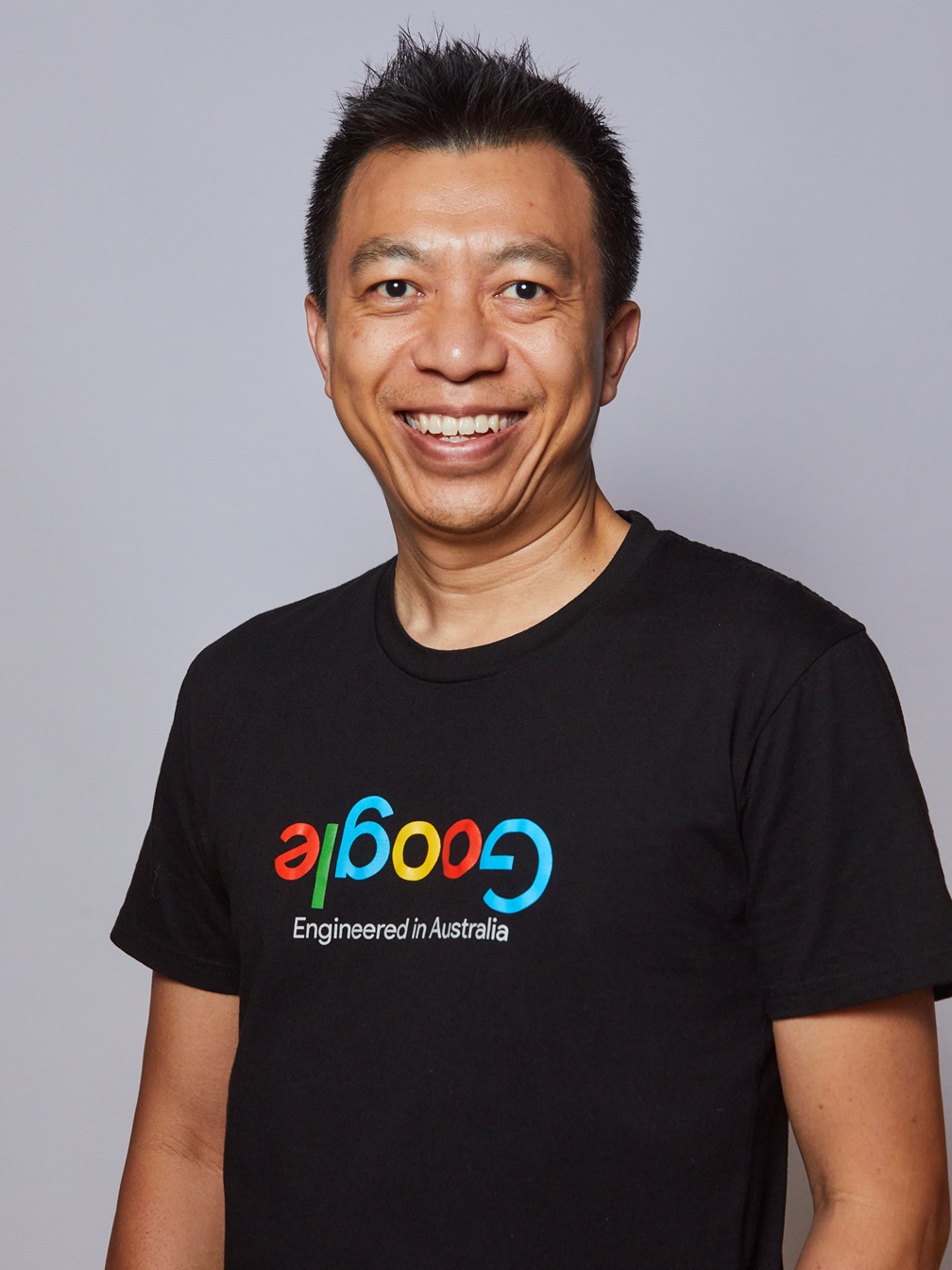
The digital revolution is here, and it’s transforming everything – from how we work to how we learn. In classrooms, AI and cutting-edge tech promise to personalise lessons, automate tedious tasks, and open doors to careers that don’t even exist yet.
However, amid this great upheaval, Australian teachers are struggling to keep pace with the rapid evolution of digital technologies, leaving students at risk of falling behind in an increasingly tech-driven world.
A 2024 study by the Australian National University found that more than two-thirds of teachers struggle to implement the Digital Technologies Curriculum, with only 25% feeling adequately supported.
Meanwhile, Australia is facing a shortfall of 370,000 digital workers by 2026, underscoring the urgency for better training and resources. Without targeted professional development, experts warn that both educators and students will be ill-equipped for a future dominated by artificial intelligence and automation.
So, what are the systemic barriers preventing progress, and what can schools do to help turn the tables?
Tech-savvy teachers, future-ready students
For its part, Google for Education is working with the Australian Catholic University – the country’s largest provider of initial teacher education – to address the need to secure the next pipeline of highly-skilled Digital Technologies teachers.
“We’re developing a digital technologies [DT] unit for all primary and secondary teachers going through their program to ensure they have basic knowledge and training in the curriculum area,” Suan Yeo, Edu Impact Lead at Google for Education told The Educator.
“We’ve also funded the development of MOOCs for teachers with the CSER team at Adelaide University – these free courses allow teachers to upskill themselves in digital technologies for primary and secondary, Cyber Security, and have a robust introduction to AI in the classroom.”
Yeo said these courses not only include lesson plans and explainer content, but they also provide teachers with up-to-date information about careers in the sectors, and inspirational material to provide to students to address challenges in the STEM pipeline.
“To address regional and low-SES barriers, we support teacher PD workshops in regional communities all around Australia that are hands-on, accessible and map directly to the DT curriculum. Thousands of teachers in regional Australia attend these workshops annually.”

Balancing speed and responsibility in AI adoption
While 40% of schools are fast-tracking tech adoption, many educators remain wary of AI’s ethical and pedagogical risks. Yeo said Google for Education is addressing this by ensuring PD focuses not just on using digital tools, but on when and why to use them.
“We believe AI should benefit everyone, which is why we make products like the Gemini app and NotebookLM free of charge for anyone to use,” Yeo said.
“From drafting lesson plans to breaking down complex topics, educators and students are already using Google AI both in and out of the classroom.”
Yeo added that Google for Education also offers premium tools for educators, like Gemini for Google Workspace, who have been some of the earliest adopters of generative AI.
In a bid to approach AI in a way that is both bold and responsible, Google for Education were one of the first companies to publish their AI Principles back in 2018. Yeo said the seven principles were created to guide Google’s development of AI in a way that maximises the positive benefits to society while addressing the challenges.
“We take great care to ensure that the benefits far exceed any risks, before we roll anything out. We want to be fast, but first and foremost, we need to be responsible,” he said.
“A big component of being responsible with new technology, like Gen AI, is our commitment to partnering with schools and educators, as well as other education experts [like learning scientists] and organisations, along the way.”

Building AI tools with, not just for, educators
Yeo said Google for Education doesn’t just build for educators, it builds with them.
“Through our Customer Advisory Boards and Google for Education Pilot Program, we also work directly with school communities around the world to gather feedback on our products and features before making them widely available,” Yeo said.
“By listening to their perspectives, understanding how they’re using our tools, and addressing their challenges, we can be thoughtful in our product development and implementation.”
Google for Education also rolls out new features gradually, ensuring that schools can stay in control of what works best for them, Yeo said, adding that teams across Google are actively creating and curating content and tutorials.
Yeo said these include Generative AI for Educators; A Guide to AI in Education; Grow with Google: AI and machine learning courses; Applied Digital Skills: Discover AI in Daily Life; Google Cloud Skills Boost: Intro to Gen AI Learning Path; Introduction to Machine Learning; Google Arts & Culture: overview of AI; and Experience AI.
The future of the classroom: Skills for an evolving job market
It is projected that Australia will require 1.3 million technology workers by 2030 to meet industry needs, highlighting the importance of teachers embedding workforce-ready tech skills into their teaching, beyond just integrating digital tools.
Yeo said the thinking that underpins Google for Education’s approach to building learning tools begins with the question of how to empower learners to become active participants in their education and set them up as thriving lifelong learners.
“That’s why we build our tools based on Learning Science Principles. By embedding learning science principles like managing cognitive load and deepening metacognition into our large language models, we're fostering the skills and self-awareness necessary for academic success and beyond,” Yeo said.
“Additionally, we know education is evolving at a faster pace than any other period in recent history. There’s a growing awareness among educators and families that today’s curriculum needs to evolve to meet tomorrow’s reality.”
Beyond tools and technology, students need to develop new skills to solve tough problems, collaborate effectively, and express ideas in new ways, Yeo said.

A glimpse into the classroom of the future
To better understand these changes, Google for Education partnered with a global team of researchers and analysts to examine evidence-based shifts in classroom education.
The global “Future of the Classroom” report analyses the following eight areas:
- Digital Responsibility: Parents and guardians want schools to help students develop healthy relationships with technology and be safe, confident explorers of the digital world.
- Life Skills & Workforce Preparation: To prepare for future careers, students need a holistic education that includes practical vocational skills, communication strategies, and leadership development.
- Computational Thinking: Curriculum focused on problem-solving, coding, and STEM subjects helps prepare students to address future challenges.
- Student-led Learning: Education leaders want students to have more agency over their education, from what they learn to how the classroom operates.
- Collaborative Classrooms: As schools focus on openness, flexibility, and collaboration, they’re redesigning classrooms to match.
- Connecting Guardians & Schools: Parents and guardians want to be more involved in their children’s education, and technology is being used as a tool to connect them with educators.
- Innovating Pedagogy: Motivated teachers have more engaged classes, and streamlining administrative tasks can help them focus more time on teaching.
- Emerging Technologies: Schools are incorporating emerging technologies into the classroom to enable more innovative and engaging teaching methods and learning experiences.
Below, Yeo shares some additional resources that educators can use to leverage Google for Education’s digital tools and make a meaningful impact in their classroom.
- The Google for Education Teacher Center provides online courses written by educators, for educators, to teach how Google's tools are best used in the classroom. There are hundreds of self-paced online courses, all free of charge, that educators can access at any time and any device.
- Distinguish yourself as an educator and demonstrate mastery in Google tools with certifications.
- Connect with other like-minded educators or join a Google Educator Group to share best practices regarding the use of technology in the classroom.
- Join the Australian and New Zealand Google for Education team for our 2025 Learn with Google webinars. These monthly webinars are centred on the classroom, with a range of topics to help you use Google for Education tools to positively impact learning and teaching. Each month we focus on a different theme, and invite educators to share their experiences.
“For over a decade, we’ve been partnering with Australian schools, academic and government institutions across the country to empower educators and prepare students for the future,” Yeo said.
“We understand that teachers are time-poor, and can benefit from having more time to spend with their students. At the same time, many educators want to upskill themselves to better engage their students with technology, so they need PD support to help them get there.”


